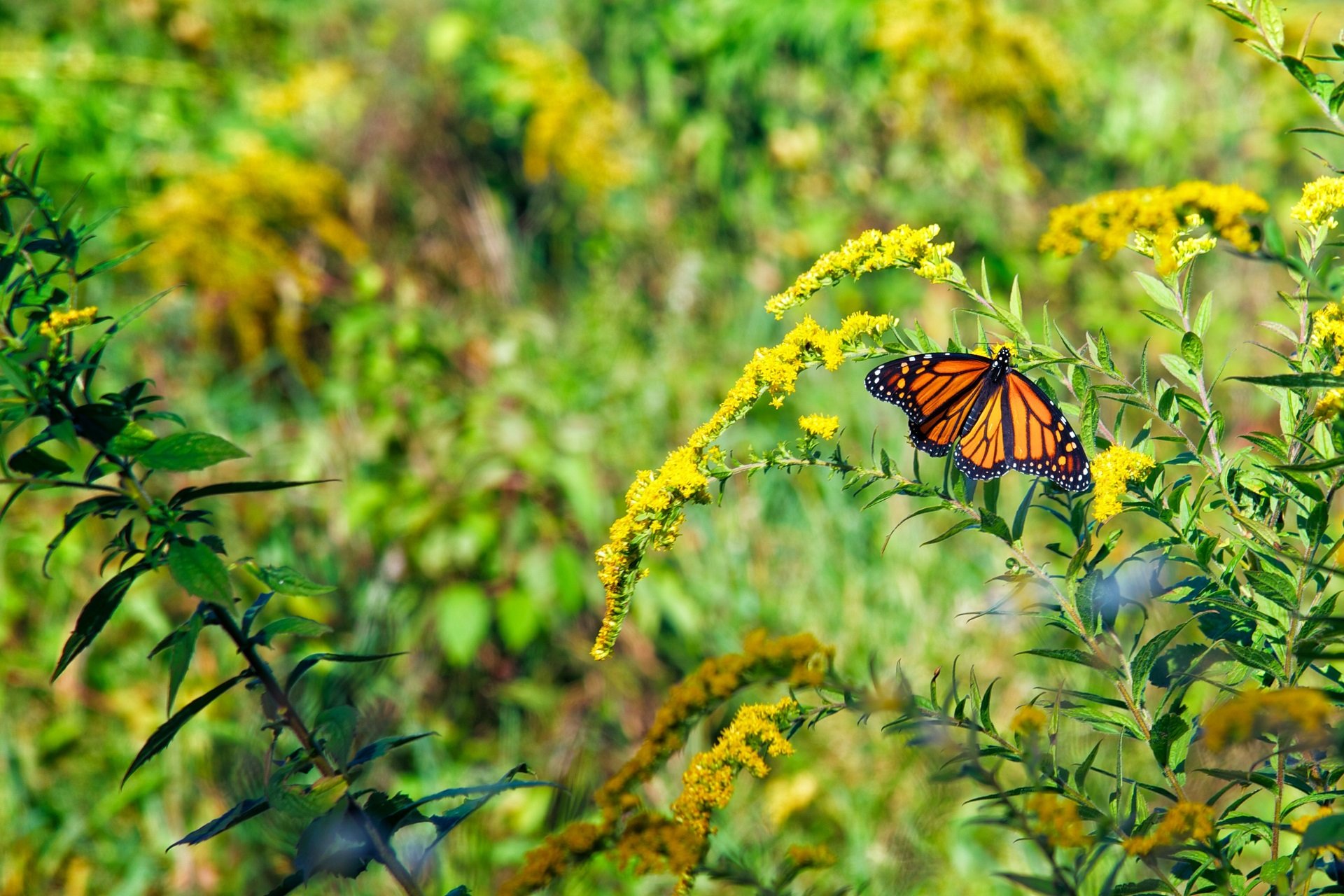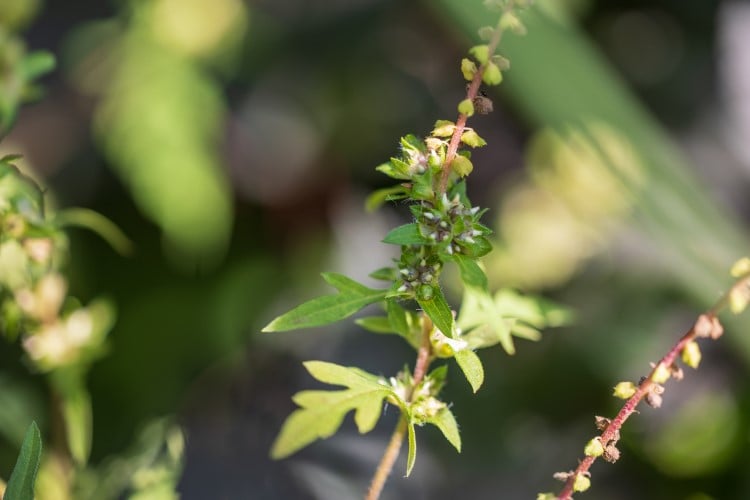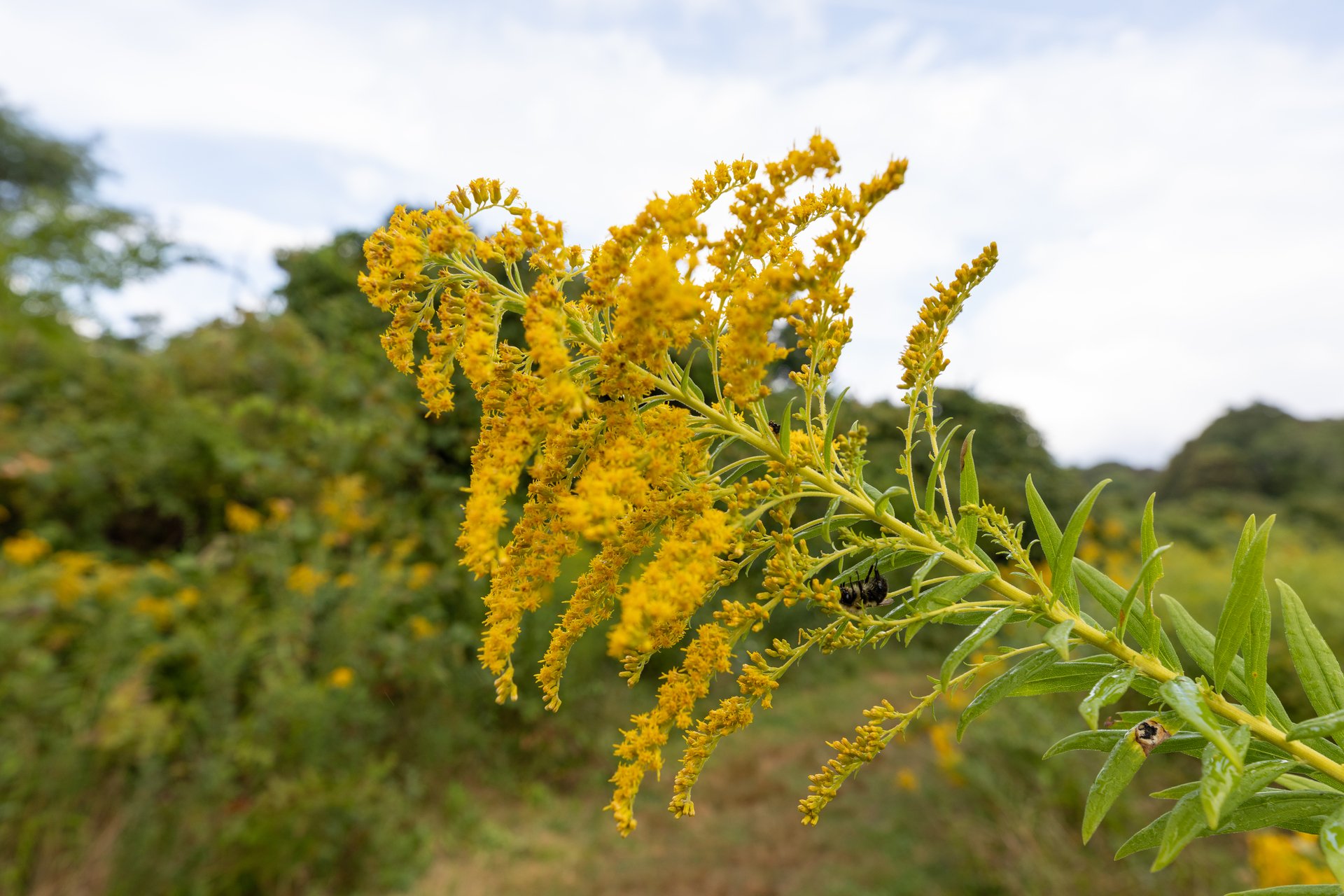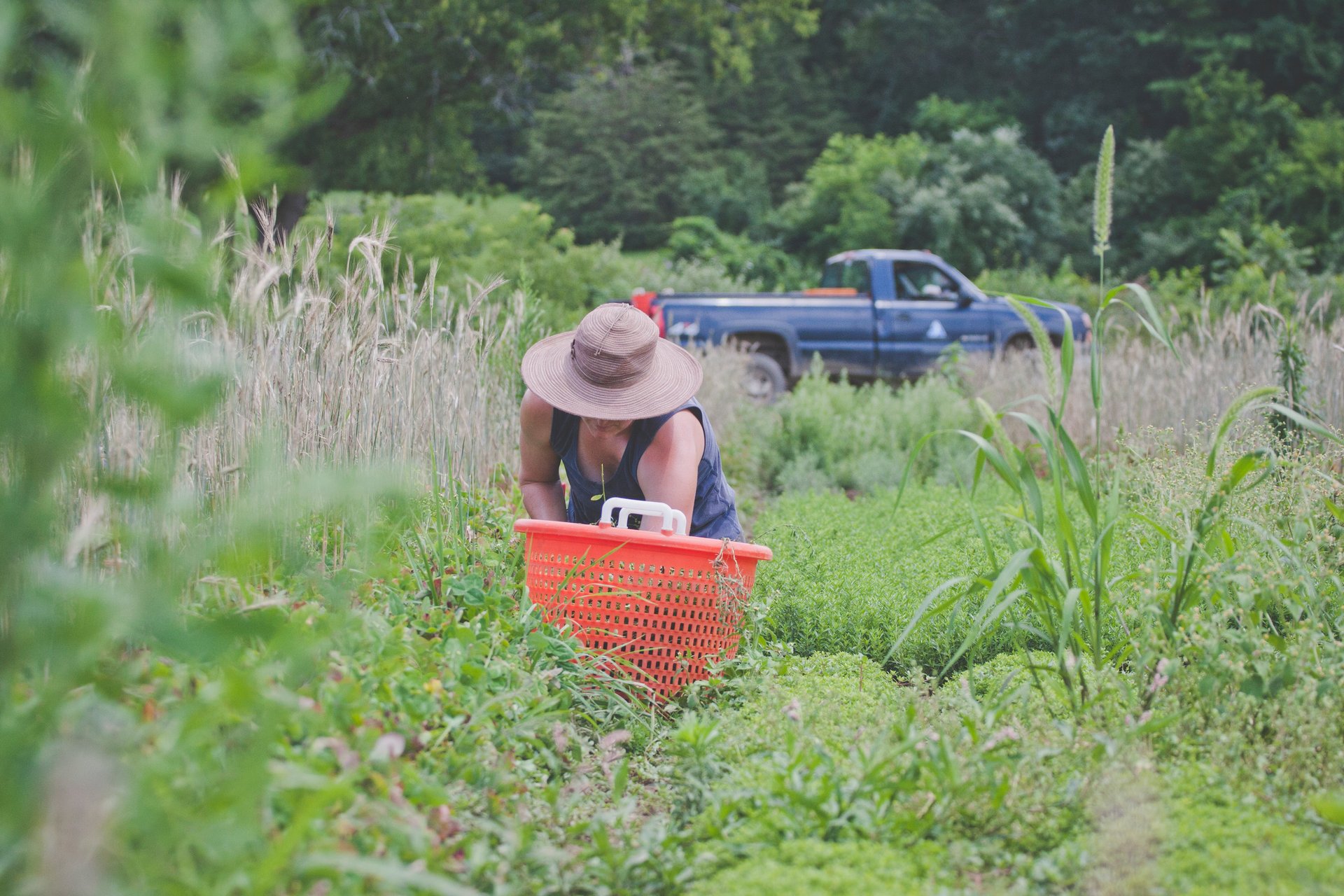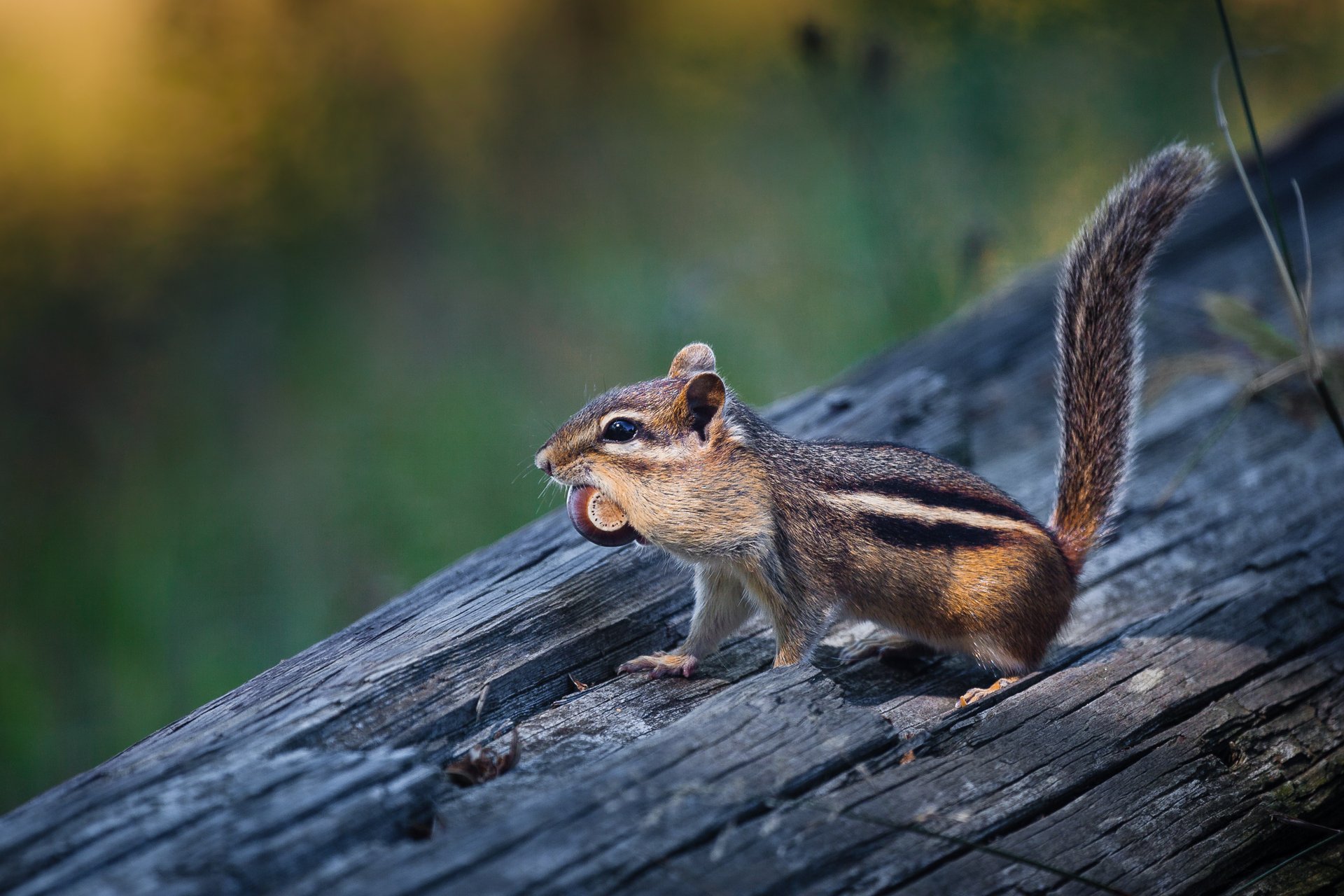Nothing says “late summer in Massachusetts” like fields aglow with blooming goldenrods. These vibrant wildflowers, often overlooked or misunderstood, deserve a closer look—and here are five fascinating truths to change the narrative.
1. Goldenrods Aren’t Making You Sneeze
Got allergies? Don’t blame goldenrods! Those big yellow flower heads may look like allergen factories, but their pollen is heavy and sticky and can’t fly through the air. Instead, you’re probably sneezing because of ragweed (Ambrosia artemisiifolia), a much less striking plant with green flowers. Ragweed releases its irritating pollen freely into the wind—and right into your nose.
2. They're Not All Golden
There are about 25 species of goldenrod in Massachusetts, and all of them are golden…except one. Silverrod (Solidago bicolor) produces tall clusters of white flowers.
3. Colonial Bostonians Drank Goldenrod Tea
After the Boston Tea Party took place, the colonists searched for local plants that could be used as tea substitutes. Goldenrod became an important part of many so-called “liberty tea” concoctions, along with red clover, chamomile, and other plants.
4. Insects Make Themselves at Home
Some insects treat goldenrods as their very own dream homes, forcing the plants to create “rooms” for them. One of these insects is the goldenrod gall fly (Eurosta solidaginis). The adult female fly injects her eggs into a goldenrod stem. As the larvae grow and eat, a chemical in their saliva makes the stem form a spherical structure around them. Called a gall, this living nursery can reach the size of a golf ball!
5. Thomas Edison's Golden Dreams
At one time, Thomas Edison dreamed of driving America’s roads on goldenrod tires. The leaves of these plants contain some latex, and Edison experimented with them as a rubber source. Henry Ford even gave Edison a Model T with goldenrod-rubber tires. Unfortunately, the quality of the rubber wasn’t good enough for it to be commercially extracted.
Why Goldenrods Matter—Beyond Their Beauty
Goldenrods are ecological powerhouses:
- They’re key pollinator plants, feeding bees, butterflies, and other insects when other sources dwindle.
- They stabilize soil and thrive in diverse environments—from dry sandy ridges to coastal dunes.
- They host dozens of insects, enriching biodiversity and supporting wildlife food webs.
Get to Know Other Plants in Massachusetts
Goldenrods are more than just bright wildflowers dotting Massachusetts landscapes—they’re robust players in ecosystems, pollinator champions, and even slices of colonial and scientific history.
Find out where to find similar species and how to protect them.
Stay Connected
Don't miss a beat on all the ways you can get outdoors, celebrate nature, and get involved.



